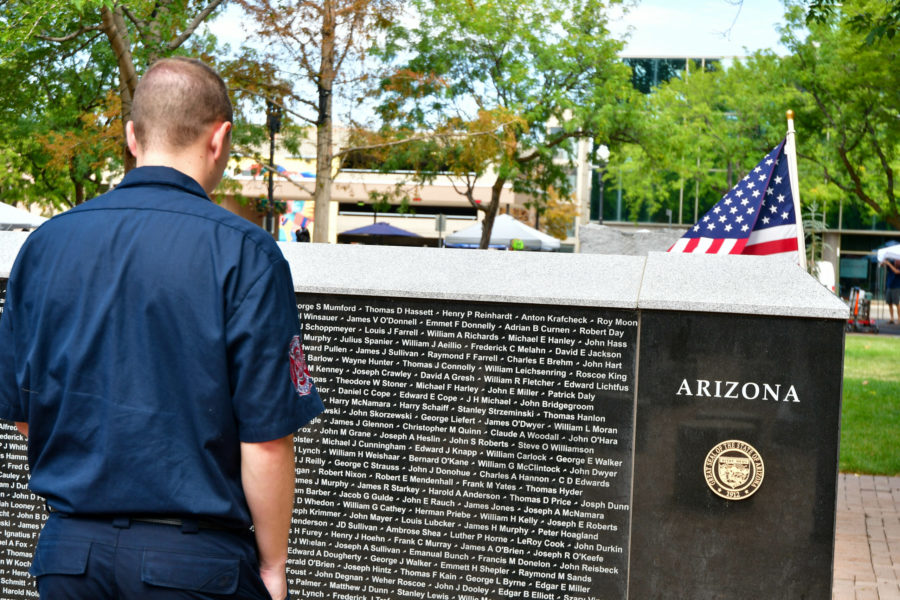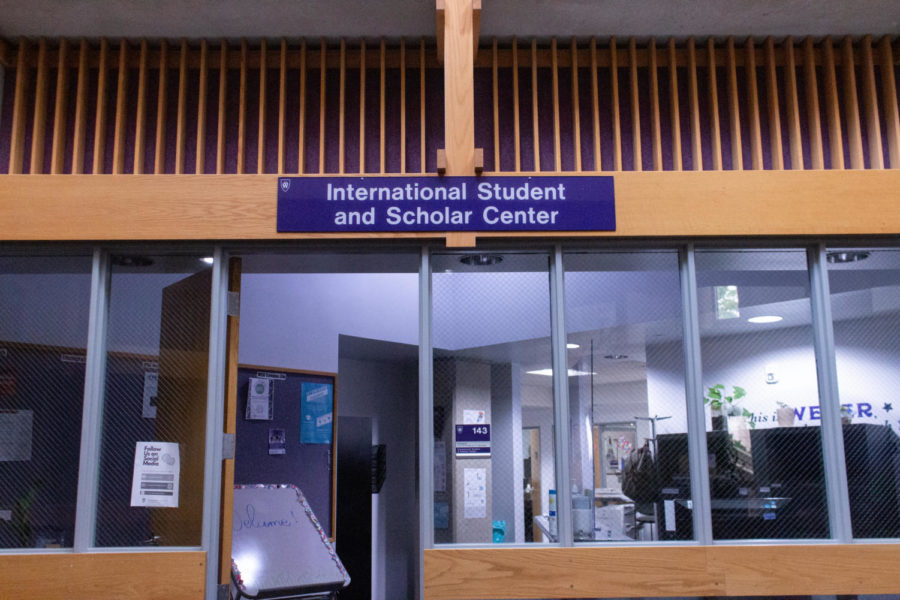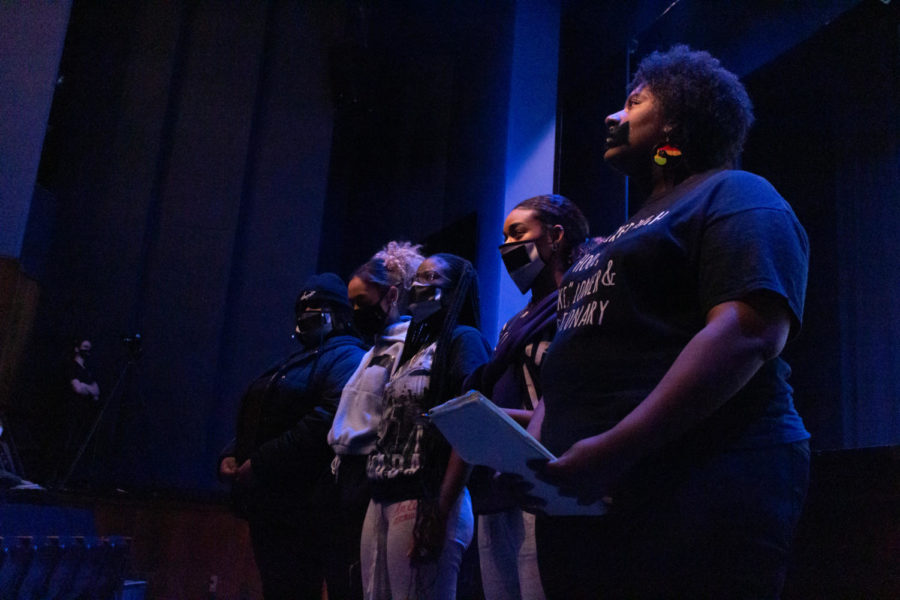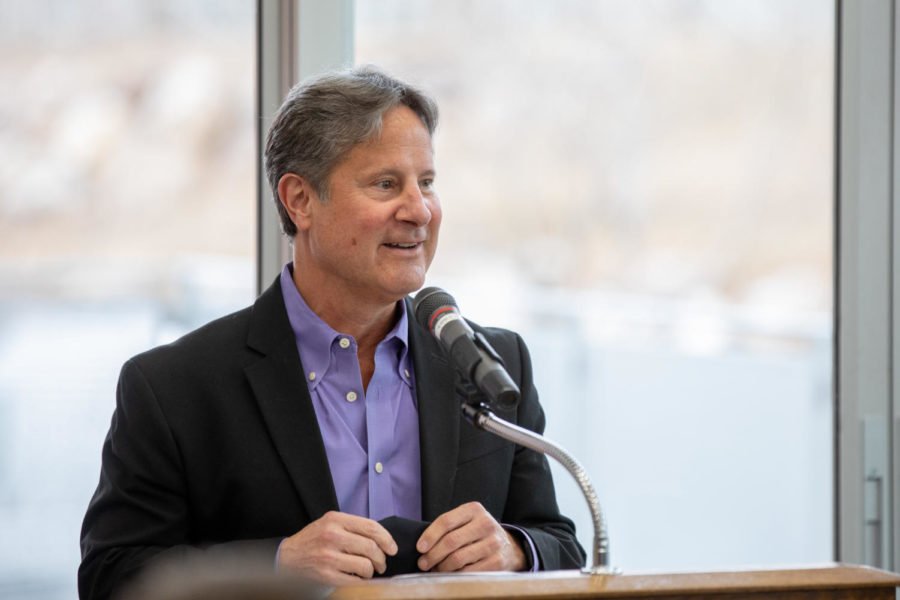For Weber State University graduate Scott Harris, elementary-school science meant making goo and musical instruments. Middle-school science objectives were to bake a cake to represent the earth’s layers. In high school, he dissected a frog. But in college, Harris said science lost the magic that once captivated him.
“It went from fun, hands-on activities to suddenly endless hours of homework and tests,” he said. “What once used to inspire me to be a scientist quickly became my worst nightmare.”
For many students, Harris’ experience is all too familiar. According to the National Institute of Education Services in the 2011–12 school year, WSU awarded 2,157 bachelor’s degrees. Of these, only 265 were in science, technology, engineering or mathematics.
WSU mathematics professor Afshin Ghoreishi said he believes this discrepancy is caused by many factors, but none more so than the skewed focus of the media.
“At every level we pay more attention to trivialities,” he said. “The news is mostly about athletes and performers. Game shows are now almost entirely based on knowledge of TV shows and popular personalities. Even in WSU ads, an NBA player and an Olympian are highlighted, as if we (offer) a degree in NBA or track.”
The lack of emphasis seems to be a resounding problem. According to the National Math and Science Initiative, the United States recently finished 25th in math and 17th in science out of 31 other countries in the world STEM competition.
In order to combat these statistics, the National Governors Association recently began a STEM focus group that has since trickled down to Utah. The Utah legislature recently passed House Bill 139, which created the STEM Action Center to better promote STEM education and activities.
Deborah Roach, the Hill Air Force Base STEM Education Outreach program director, was recently at WSU promoting such a camp, the ASM International Materials Teacher Camp. During the camp, future and current STEM teachers were exposed to new methods of teaching STEM subjects through hands-on instruction.
Roach said that bringing the weeklong camp to WSU was the result of Hill Air Force Base’s own research on why STEM graduation rates were low.
“Hill looked at (local) universities and said, ‘Well, we have kids from foreign countries coming here to study STEM programs, so it’s not the universities’ fault,’” she said. “The problem for Hill is that we can’t hire those (foreign) students. We can only hire kids who are from the U.S., so now we have a whole other problem. It’s not just working on trying to promote STEM, but we have to get it with our kids here.”
Roach said she believes House Bill 139 is a step in the right direction, but that much more still needs to be done.
“A large part of the lack of students in STEM programs is the stereotypes that these are the hard classes,” she said. “We go out and work with upper-elementary and middle-school students because in middle school is when students, especially girls, start to think, ‘I’m not good at math, boys are better at math’. So if we can get in there and keep these kids engaged and thinking it’s fun, then we have an even better chance of them getting into a STEM career.”
Programs such as these are designed to eventually help combat the National Math and Science Initiative statistic that 38 percent of students who start out as STEM majors do not graduate as one. However, Harris said he disagrees.
“I’m working as a graphic designer now,” Harris said. “These new science programs are cool, but what about the older kids, like college-age? You suddenly go from playing around to doing math and formulas you may or may not even use again. It’s overwhelming, and that’s where you lose everyone. Why aren’t there any programs for these students?”


















